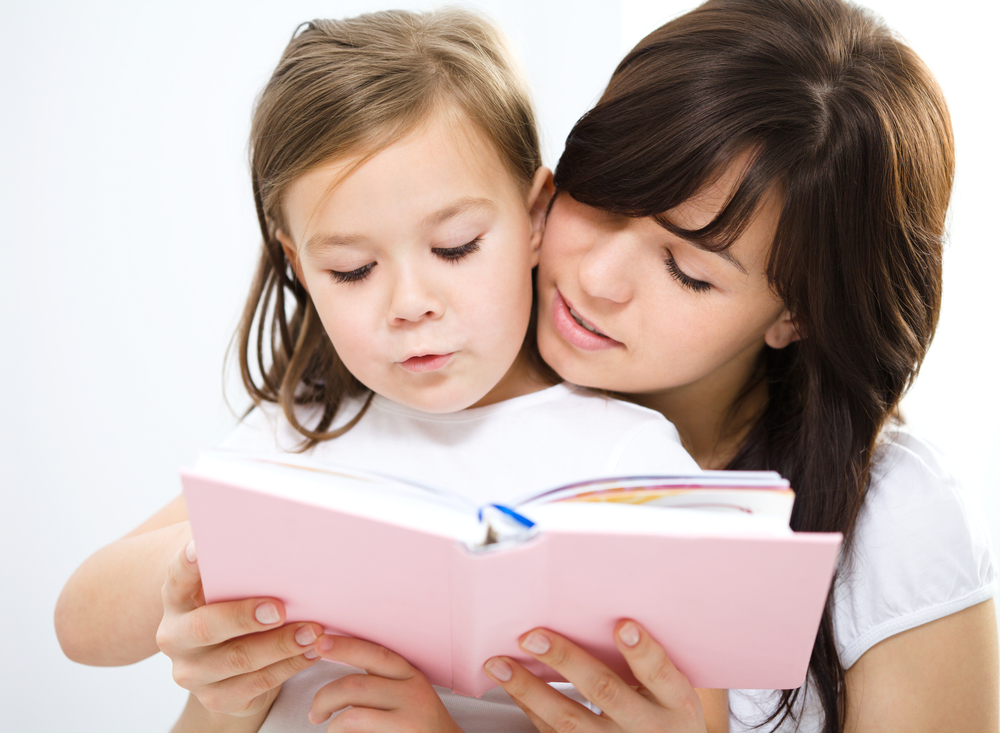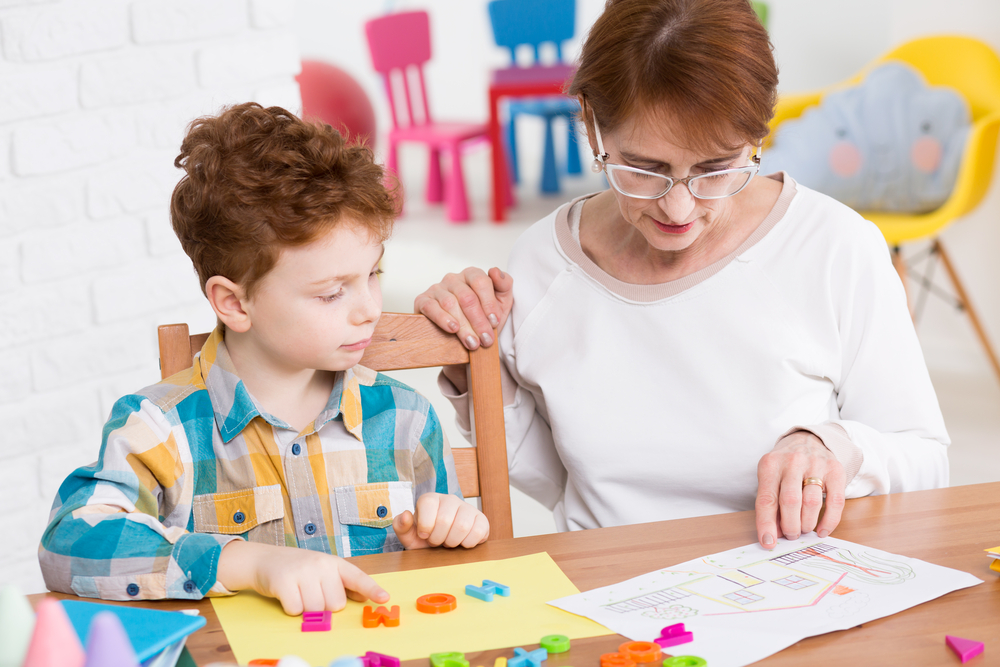The moment a child starts reading is special. Parents are often in awe of how well their little learner can sound out words. But how does phonological awareness come into play when it comes to developing this new skill?
Most people are often surprised to discover that children can learn to read at such a young age. And it all starts with phonological awareness.
Our HOMER learning experts know a thing or two about this. In this article, we’ll help you understand what it means and, most importantly, how to help your child develop it so that they can start reading confidently.
Let’s begin.
What Is Phonological Awareness?

Phonological awareness is an umbrella term that refers to the different skills a child will need to make use of while learning to read. These skills include:
- Segmenting (or isolating) syllables and sounds in words
- Rhyming
- Blending syllables and sounds together to form words
You can also think of phonological awareness as understanding sounds in our language and how they relate to each other.
When a child learns to combine and play with syllables and apply these skills to the words in a sentence, they are on their way to mastering phonological awareness.
If the idea of teaching your child these essential skills seems a little overwhelming, don’t panic. They may already be comfortable with one or two of them if your child is in preschool because they usually get exposed to songs, rhymes, stories, and language play on a daily basis.
This frequent exposure to language play helps children eventually start to create their own rhymes and also break words into syllables.
How Does It Develop?
Above, we mentioned that, like most language learning-related concepts, the more children get exposed to language play the easier it is for them to understand the skills related to that particular concept.
For the most part, phonological awareness develops over time with exposure, and it often starts with awareness of rhymes and syllables. Then, and most critically, they begin to isolate individual sounds in words as well as blend individual sounds into words.
Many children pick up on rhyming at a very early age, which is not surprising considering how many nursery rhymes children get exposed to from birth on!
As children get older and more comfortable with language play, they then develop phonemic awareness, a subset of phonological awareness.
Why Is It Important?

In order to fully grasp the importance of phonological awareness, we first need to discuss what phonemic awareness is.
Phonemic awareness is a subset of phonological awareness. In a nutshell, it is the ability to identify and manipulate sounds. It focuses on how we understand the function of sounds, in particular phonemes.
A phoneme is the smallest unit of sound in a language. For instance, from the word “cat,” you have three individual sounds: c/a/t. We blend these individual sound units (phonemes) to form a word.
We can also break words down and change their meaning by just alternating the phonemes. For example, “cat” can turn into bat, hat, cap, etc.
Phoneme (letter sound) manipulation is a key part of phonemic awareness, and since phonological awareness includes understanding segmentation and blending, phonemic awareness is the aspect of phonological awareness that is the most impactful for learning to read.
Additionally, strength in other aspects of phonological awareness build skills in phonemic awareness. Together, these skills are crucial because they allow children to decode and encode (spell) words and manipulate their sounds.
The benefit of all of this ability is that it helps kids crack the alphabetic code and, eventually, start reading.
7 Fun Games To Build Phonological Awareness
1) Repeat The Beginning Sound

This is a game that will help your young learner get comfortable with phonemes. To play, all your child will have to do is repeat the sound at the beginning of a particular word.
For example, if you start with the word “cat,” your child will then need to create other words that begin with the /c/ sound — cap, car, cut, etc. (Notice that the words don’t have to rhyme.)
This is an excellent game to help children develop phonemic awareness, which, as explained above, is a crucial subset of phonological awareness. This fun activity can also help build your young learner’s vocabulary.
2) Word Train
While the previous game focused on the beginning sound, Word Train is about both the beginning and last sound of a word.
To play this game, you and your child will take turns saying a word that begins with the last sound of the previous word. For example, if you start with the word “boat,” the next word sequence could go tickle, lemon, nice, etc.
Notice that with the word “tickle,” the following word was “lemon” because “tickle” ends with an /l/ sound. With this game, the focus is on sounds, not spelling.
Keep in mind that this is a more advanced game, and it may take some time for your young learner to grasp it. This is absolutely fine! The more practice they get the better.
3) Grandmother’s Trunk

Grandmother’s Trunk is one of those old-school games that many of us played in our childhood. If it’s been a while and you need some reminding, here are the basic rules of the game:
- One player will say, “I went to grandmother’s trunk, and I found a… (e.g., sweater).”
- The following player will then add to that by saying, “I went to grandmother’s trunk, and I found a… (e.g., sweater and a hat).”
- As the players continue, they will each need to repeat what was said before and add a new word with each turn.
At HOMER, our Grandmother’s Trunk game is slightly different because everything in the trunk has the same first sound (or you can switch it up by having everything in the trunk have the same last sound).
This is a great memory game! And children will continue learning about phonemes by manipulating the first and last sounds of words.
4) How Many Syllables?
Many people were taught to understand syllables as the “beats” of a word. This is an effective and fun way for a child to start grasping the concept.
To start, begin with simple words that your child is already familiar with (mommy, daddy, banana, etc.).
As you play, show your young learner how to clap or stomp the syllables of a word. For example, table— /ta/ (clap or stomp) /ble/ (clap or stomp). And then count the syllables together.
Once you feel your child understands the beats of words, you can then make it a little more challenging by mixing up the syllables and asking them to say a word in the correct order.
What is corn pop? Popcorn! What is bow rain? Rainbow! You can then progress to two syllable words that are not compound: what is ger-ti? Tiger! Next? Three syllable words! What is ful-der-won? Wonderful!
The more your little one does this fun activity the better they’ll get at separating, connecting, and even rearranging the sounds of a word.
5) Rhyme Singing

When we were younger and singing Itsy Bitsy Spider or Hickory Dickory Dock, it was all just fun and games (and lots of laughter!). But these classic rhymes were actually critical in helping us play with and understand different language components — particularly, rhyming.
You can help your young learner get familiar with rhymes by singing these types of tunes at home. If you need a little reminding or would love some background music, you can always check out the HOMER nursery rhymes section.
Happy singing!
6) Producing Rhymes
Once your child has heard and sung along to different nursery rhymes a few times, they might start to recognize rhyming words. They may even begin to point them out in the songs or the books you read to them.
This is an exciting time to encourage your young learner to start producing their own rhymes. They may even ask you questions like, “Do you know what rhymes with run? Sun!”
Don’t be surprised if they even add a nonsense word like “frun” into the mix. And don’t be shy of adding your own nonsense words as well. Who says learning can’t include silly fun?
7) Breaking Words Apart

In an earlier game, we mentioned that children can have fun while learning by playing with the individual phonemes of a word. Now, we want to focus on having fun with larger sections (or syllables) of a word.
To begin doing this, you’ll need to say a word and then ask your child to take away a specific syllable from that word. For example, from “baseball,” you can ask your child to take away “base.” Then ask them what is left.
This might be a little tricky in the beginning, but with some practice, your child will get comfortable with the idea.
Breaking words apart, manipulating the sounds, and switching them up are all skills that develop phonological awareness, so this is a great and simple game to help your child grasp these concepts.
Phonological Awareness One Day At A Time

Once upon a time, none of us could read. We didn’t know the alphabet, the sounds of each letter, or even how to create a few rhyming words. And we’re certain we didn’t know the term “phonological awareness” when we started either.
But over time, reading became second nature and an important skill we use every day. We can pick up a book, magazine, newspaper, or any reading material and quickly connect the letters, sounds, and words to read fluently.
One day, your child will reach this stage, too!
But learning to read won’t (and can’t) happen overnight. This is a skill that takes lots of time and practice to develop. Strengthening your child’s phonological awareness is a key component of helping your little learner become a lifelong reader.
For more on early childhood development, check out the HOMER Learn & Grow app.
,


